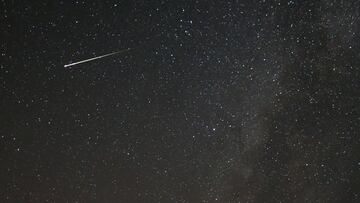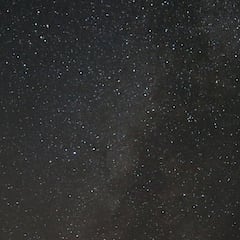The Eta Aquarids meteor shower on Saturday: Time and how to watch the shooting stars
Named after Aquarius, the meteor show will be visible on Saturday night in places with low light pollution.


The Eta Aquarids is an annual meteor shower that occurs from late April to mid-May, with the peak occurring on 6 May in 2023. The meteor shower is caused by the Earth passing through the debris left behind by Halley’s Comet, which last passed through the solar system in 1986.
This debris will enter the atmosphere in the early hours of the morning at a speed 100 times faster than that of a jet fighter. They begin burning up 62 miles above the surface of the planet.
PASS IT ON: The Eta Aquarids Meteor Shower peaks this Friday night through the predawn hours of May 6th. Around 20-40 meteors will be possible per hour! #MeteorShower #Space pic.twitter.com/F07zv8um1Z
— Mark Tarello (@mark_tarello) May 3, 2023
They are named after the star Eta Aquarii, which is located in the constellation Aquarius and is the radiant point of the meteor shower. The Eta Aquarids are known for producing bright, fast-moving meteors that can leave persistent trails, and under good viewing conditions, up to 55 meteors per hour can be seen.
How to observe the meteor shower
The meteor shower becomes visible each morning at around 2:30 a.m. EDT with it remaining active until around the break of dawn at 5:15 a.m. EDT.
Related stories
To observe the Eta Aquarids, it is best to find a dark location away from city lights, lie down and look up at the sky. Make sure to allow your eyes to adjust to the darkness for at least 20 minutes. The meteor shower can be seen with the naked eye, and there is no need for any special equipment or telescopes.
If you can’t get to an area with low enough light pollution then there is the option to watch a live stream from the National Astronomical Observatory of Japan in Hawaii.

